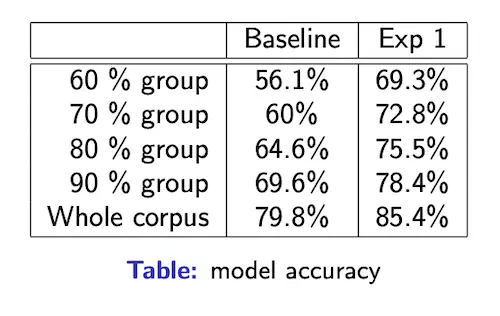Computational Models for Event Type Classification in Context

Abstract
Verb lexical semantic properties are only one of the factors that contribute to the determination of the event type expressed by a sentence, which is instead the result of a complex interplay between the verb meaning and its linguistic context. We report on two computational models for the automatic identification of event type in Italian. Both models use linguistically-motivated features extracted from Italian corpora. The main goal of our experiments is to evaluate the contribution of different types of linguistic indicators to identify the event type of a sentence, as well as to model various cases of context-driven event type shift. In the first model, event type identification has been modelled as a supervised classification task, performed with Maximum Entropy classifiers. In the second model, Self-Organizing Maps have been used to define and identify event types in an unsupervised way. The interaction of various contextual factors in determining the event type expressed by a sentence makes event type identification a highly challenging task. Computational models can help us to shed new light on the real structure of event type classes as well as to gain a better understanding of context-driven semantic shifts.